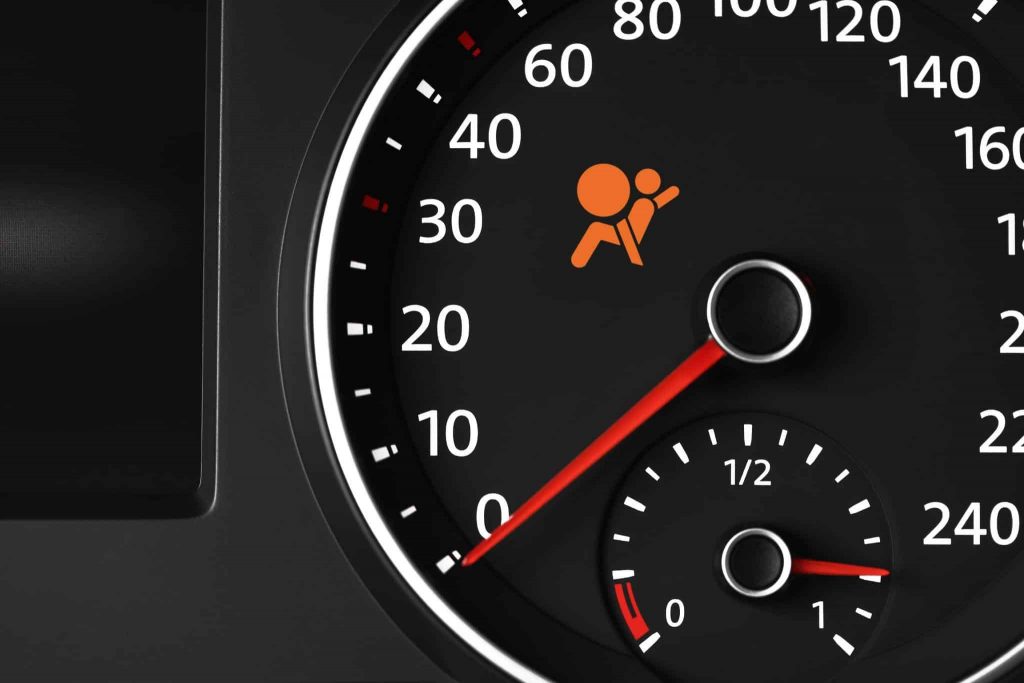When the airbag warning light illuminates on your vehicle’s dashboard, it can evoke a range of emotions from frustration to concern. This small light signifies a potential issue with the airbag system, which is crucial for your safety in the event of an accident. Understanding how to turn off the airbag light involves identifying the root cause of the issue and addressing it appropriately. In this article, we will delve into the various aspects of the airbag light, including its implications, common causes, and effective methods for troubleshooting and resolving the issue.
First and foremost, it’s essential to recognize what the airbag light means. Generally, this light serves as an alert that your vehicle’s airbag system requires attention. Modern vehicles are equipped with sophisticated sensors and diagnostics systems designed to monitor airbag functionality. If any component of the system, such as the sensors or the control module, encounters a malfunction, the airbag light will activate. This safety feature ensures that the driver and passengers are warned of potential deficiencies that could compromise their safety in a collision.
So, what could trigger this unwanted beacon on your dashboard? Understanding the underlying causes can help demystify the situation. One common culprit is a faulty airbag sensor. These sensors play a critical role in detecting impacts and deploying airbags accordingly. If they become damaged or malfunction due to wear and tear, the airbag light may be triggered. Similarly, loose wiring connections, particularly under the seats, can impede the system’s effectiveness, resulting in the light’s activation.
Another frequent cause of the airbag warning light is the control module itself. This is essentially the brain of the airbag system, processing numerous inputs from various sensors. If this module fails, the system’s communication becomes compromised, leading to potential airbag deployment issues. Additionally, a discharged or faulty battery can create temporary anomalies in the vehicle’s electronics, occasionally causing the airbag light to illuminate.
Moving ahead, let’s discuss some pragmatic solutions to get that airbag light turned off. The first step every vehicle owner should take is a thorough inspection. Begin by checking for any obvious faults, like disconnected wiring under the seats. If you have a relatively basic understanding of automotive systems, you can often resolve these issues without professional help. However, if you encounter rusted connections or broken sensors, it may be best to consult a professional mechanic.
For those who prefer a more hands-on approach, using an OBD-II scanner can be a game-changer. This device connects to your vehicle’s onboard diagnostics port, allowing you to read and interpret error codes. Codes such as ‘B0030’ or ‘B0051’ indicate specific airbag issues. By identifying the exact problem, you can more effectively address it, whether it requires a simple reset or more intensive repairs.
In some instances, resetting the airbag light may be all that’s needed. After performing the necessary repairs or inspections, you can proceed to reset the airbag light. This typically involves disconnecting the car battery for a brief period, thus allowing the vehicle’s computer to reset the error codes. In certain situations, this process may restore normal function to the airbag system, making the warning light disappear. However, keep in mind that this is only a viable approach if the underlying issue has already been resolved.
Another helpful technique involves using an automotive diagnostic tool. Many auto parts stores offer free diagnostic checks, where a technician will connect a scanner to your vehicle and help identify the problem linked to the airbag light. This service can save you considerable time and money, as well as provide peace of mind regarding the status of your airbag system.
For those reluctant to embark on a DIY journey, enlisting the expertise of a certified technician may be the most prudent option. Automotive experts possess the detailed knowledge and specialized tools required to delve deep into the airbag system’s intricacies. Given the critical nature of airbags in protecting lives during accidents, investing in professional help can be paramount. Mechanics have access to manufacturer-specific information and can conduct comprehensive diagnostics that might be beyond the reach of standard consumer devices.
Moreover, it is important to ensure that no additional dashboard indicators accompany the airbag warning light. Other issues such as seatbelt malfunctions or concerns with the SRS (Supplemental Restraint System) can arise concurrently. Therefore, understanding the full scope of dashboard warnings can aid in a repository of relevant information for your mechanic.
Finally, let us consider preventive measures. Regular maintenance and inspections of your vehicle are vital in preventing the airbag light from appearing in the first place. Simple checks, such as verifying that the seatbelts are functioning correctly, ensuring all electrical connections are secure, and maintaining the health of the vehicle’s battery, can significantly reduce the risk of encountering this frustrating issue.
In conclusion, the airbag light is a potent reminder of the importance of vehicle safety. Understanding its function and implications can empower you to take the necessary steps to address the issue. Whether through DIY diagnostics, professional assistance, or regular maintenance, taking action can ensure that both you and your passengers remain safe on the road. Prioritizing the functionality of the airbag system is not just about getting the light to turn off; it’s about safeguarding lives.
